Safety Training for Personal MOB Devices
Published on May 4th, 2022
The Chicago Yacht Club’s 2022 Race to Mackinac has new safety equipment requirements which include how participants are now required to wear a Personal Man Overboard (MOB) Device with AIS. In this report by Craig Warner, he explains the safety training that will be available:
Studies of previous man overboard incidents, where victims could not be quickly located and spent extensive time in the water, pointed to the need to implement new technology to shorten the time victims are in the water. Personal MOB Devices with AIS is the technology that will allow faster rescues.
Personal MOB Devices with AIS are attached to the person’s PFD and, depending on the make and model, are automatically set off when the PFD inflates. When equipped with DSC, Personal MOB Devices with AIS will alert the boat that a crew member has fallen overboard.
The Personal MOB Device’s AIS signal and its associated GPS will show the victim’s current position to any vessel with AIS reception and within three to five nautical miles of the victim. Rescuers can navigate accurately and expeditiously to the victim’s location and commence a rescue.
As a result, time in the water is significantly reduced and will increase the odds of the victim’s survival. This technology is a quantum increase in man overboard rescue capability.
Last year these personal devices were highly recommended by the Mac organizers, and there were three on-the-water exercises allowing participants to view their onboard chart plotter presentation of the MOB AIS signal.
While all participants were successful in finding the source of the AIS signal, they expressed a common theme that training is needed before experiencing a real emergency. This year the Chicago, Milwaukee, and Macatawa Bay Yacht Clubs will sponsor this unique training (click here), the largest in the nation.
The dates are June 5 at Macatawa Bay Yacht Club; July 6 at Milwaukee Yacht Club with a second date in June TBD; June 15 at Chicago Yacht Club off of Belmont Harbor, June 22 off of Monroe Street Harbor, and July 10 off of Monroe Street Harbor.
Like pilots who practice airborne emergencies in a simulator, the realistic training allows the cockpit crews to resolve an actual emergency successfully. This on-the-water exercise intends to provide racing crews with the same realistic training.
The exercise will enable crews to train in a man-overboard emergency environment. The goal of the exercise is to prepare crews to locate an in-the-water victim using the Personal MOB Device’s AIS signal and successfully navigate to the victim.
The simulated emergency will start with deploying a man overboard dummy about two miles out from the harbor. The dummy is equipped with a Personal MOB Device with AIS. Participants will quickly hear their chart plotter’s alert alarms (if set up for audible warnings), signifying reception of the AIS signal. The man overboard device will confirm its location by its internal GPS in a few minutes.
When the chart plotter receives the GPS data, it will display a man overboard icon with the Personal MOB Device’s nine-digit MMSI number that begins with 972. Some older chart plotters and VHF radios respond differently to AIS and DSC signals. This is why the drill is critical for boat owners and their crews to experience how their equipment displays a man overboard.
Boats can now navigate electronically to the source of the AIS signal. Simultaneously, the command boat will launch at five-minute intervals; two Red SOLAS Signal Rocket Parachute Flares. This visual distress signal will obtain an altitude of around 1,100 feet, burn for the better part of a minute as it descends slowly by parachute, and can visible at distances up to 35nm.
Ten minutes into the exercise, the command boat will send an All-ship DSC Man Overboard Message. Participants will hear an audible alarm and be able to read the message on their VHF radio. The DSC message will be terminated after 10 minutes.
Twenty minutes into the exercise, the command boat will broadcast a MAYDAY CALL on VHF CH 16. The MAYDAY Call will use standard phraseology and allows participants to hear the exact format for this emergency radio transmission. After the MAYDAY CALL, the Coast Guard will reply with questions. During the MAYDAY Call, have the ship’s navigator write down the latitude and longitude mentioned on the MAYDAY Call, load them into the ship’s GPS, and relay the navigation solution to the helmsman.
The flares, DSC/AIS alarms with their respective messages, a MAYDAY CALL, and Coast Guard response are all parts of an active rescue. It is your chance to experience this scenario under practice conditions and then be able to execute a fast MOB recovery in an actual emergency.
As a special note for training purposes, all facets of the exercise must be closely coordinated with the United States Coast Guard. You can not launch flares, activate a Personal Man Overboard Device with AIS, send an All-Ships Man Overboard DSC Call, or a practice MAYDAY call unless the Coast Guard has approved it in advance.
The exercise will last one hour (2 hours for our Macatawa Bay event). Participants are encouraged to navigate electronically (not visually). Electronically navigating simulates operations in reduced visibility conditions.
This exercise is unique in the United States racing community. It is anticipated that these devices will become standard equipment for all offshore racers in short order and adopted by boaters in general.
All boats, power, or sail are welcome to attend (you never know when a Good Sam will make the rescue) and experience this now required life-saving technology.
If you would like to attend please contact one of the host Yacht Clubs for details.
I forgot to mention one thing. The training is free to all participants!

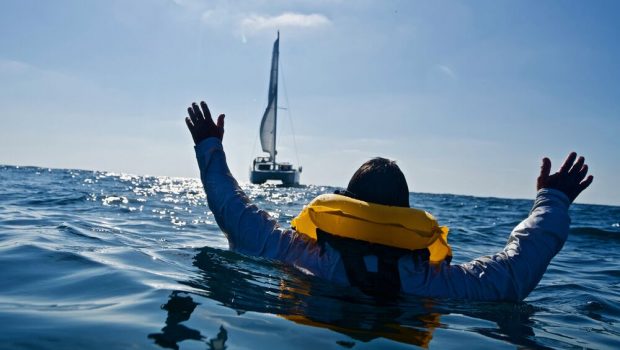


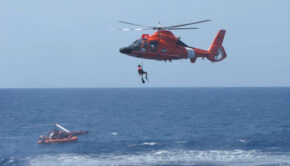
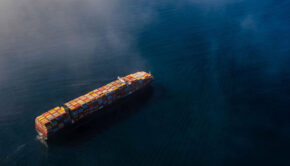
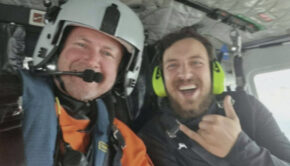
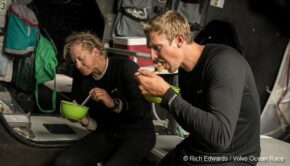
 We’ll keep your information safe.
We’ll keep your information safe.